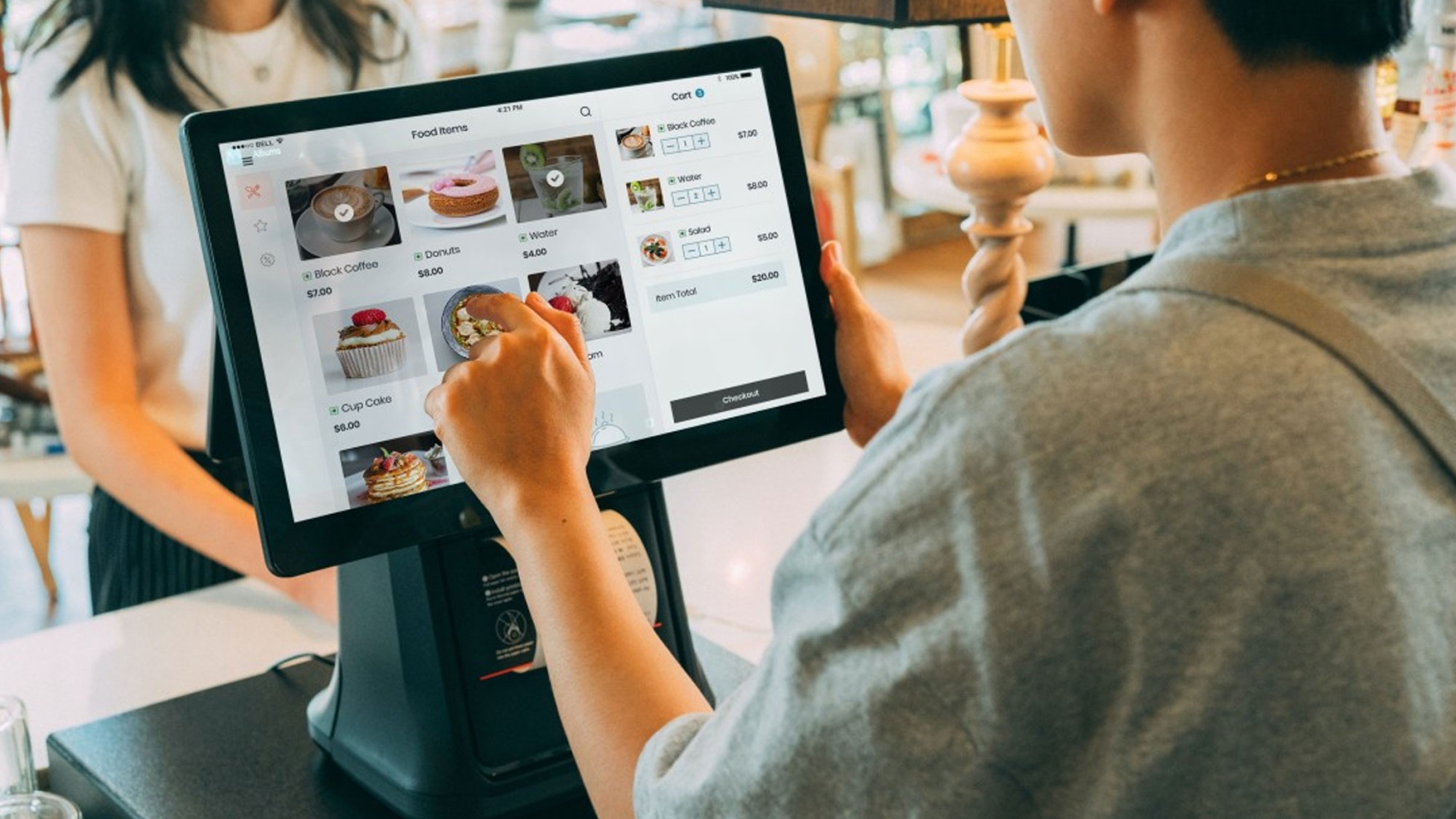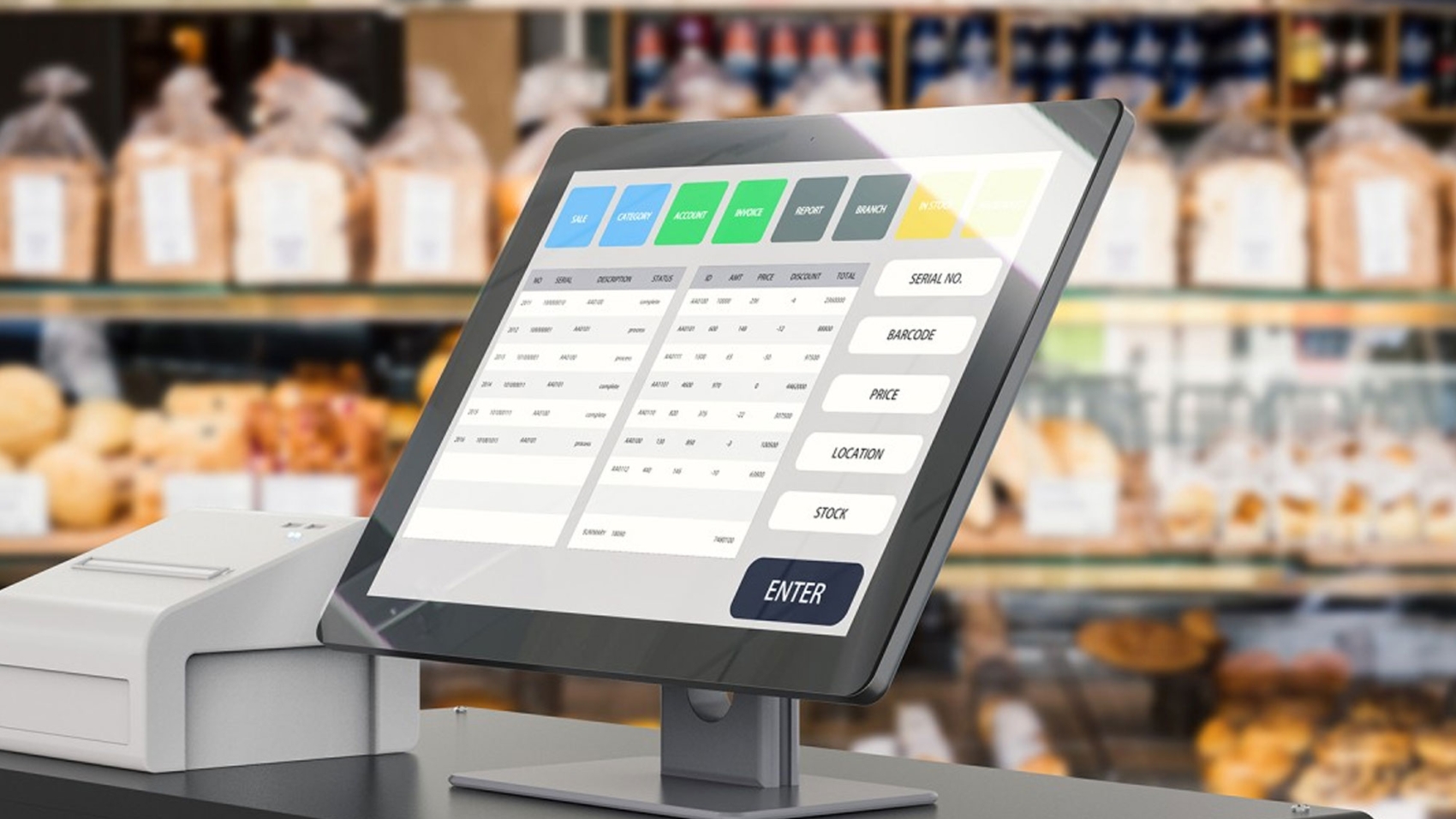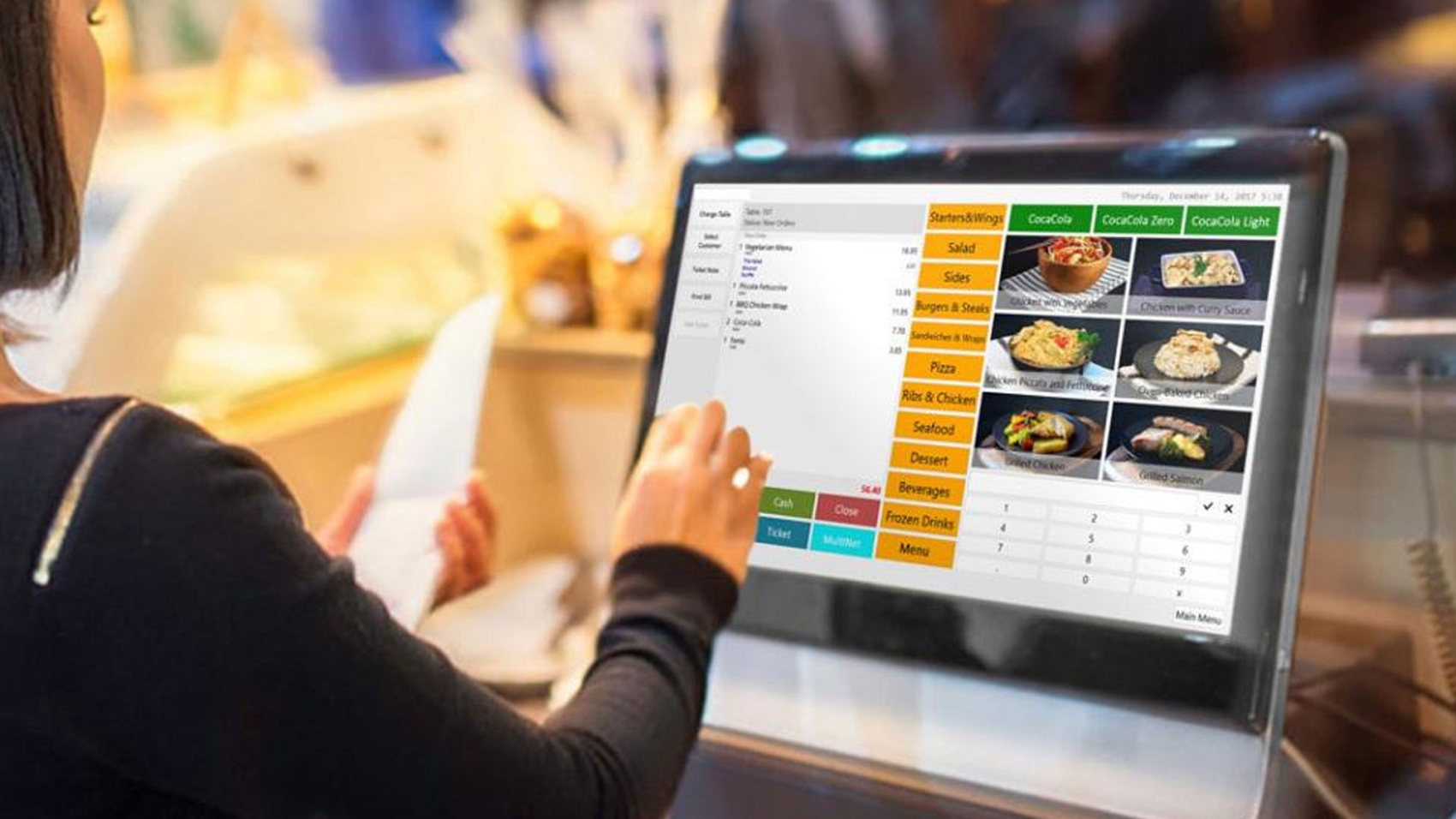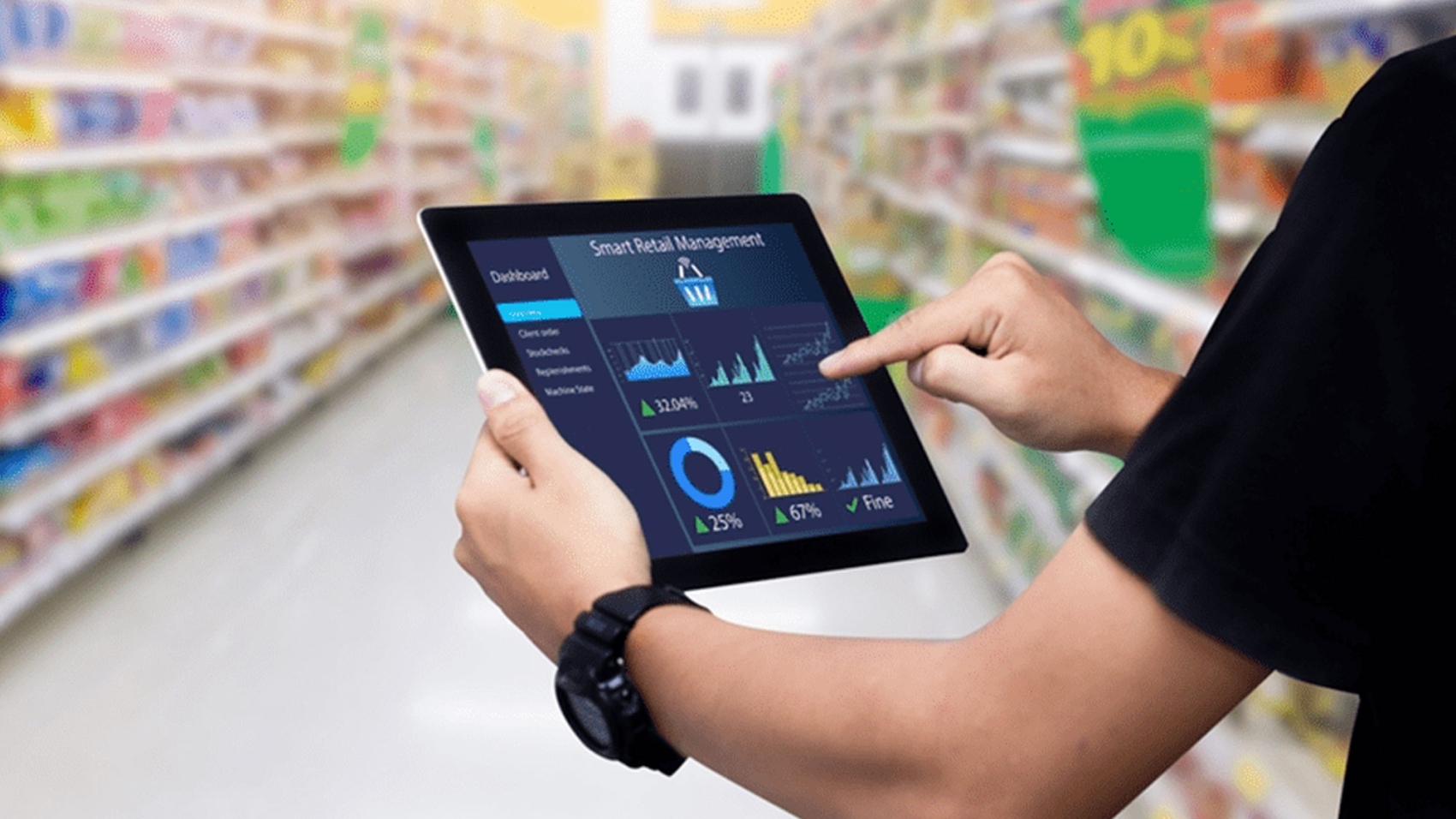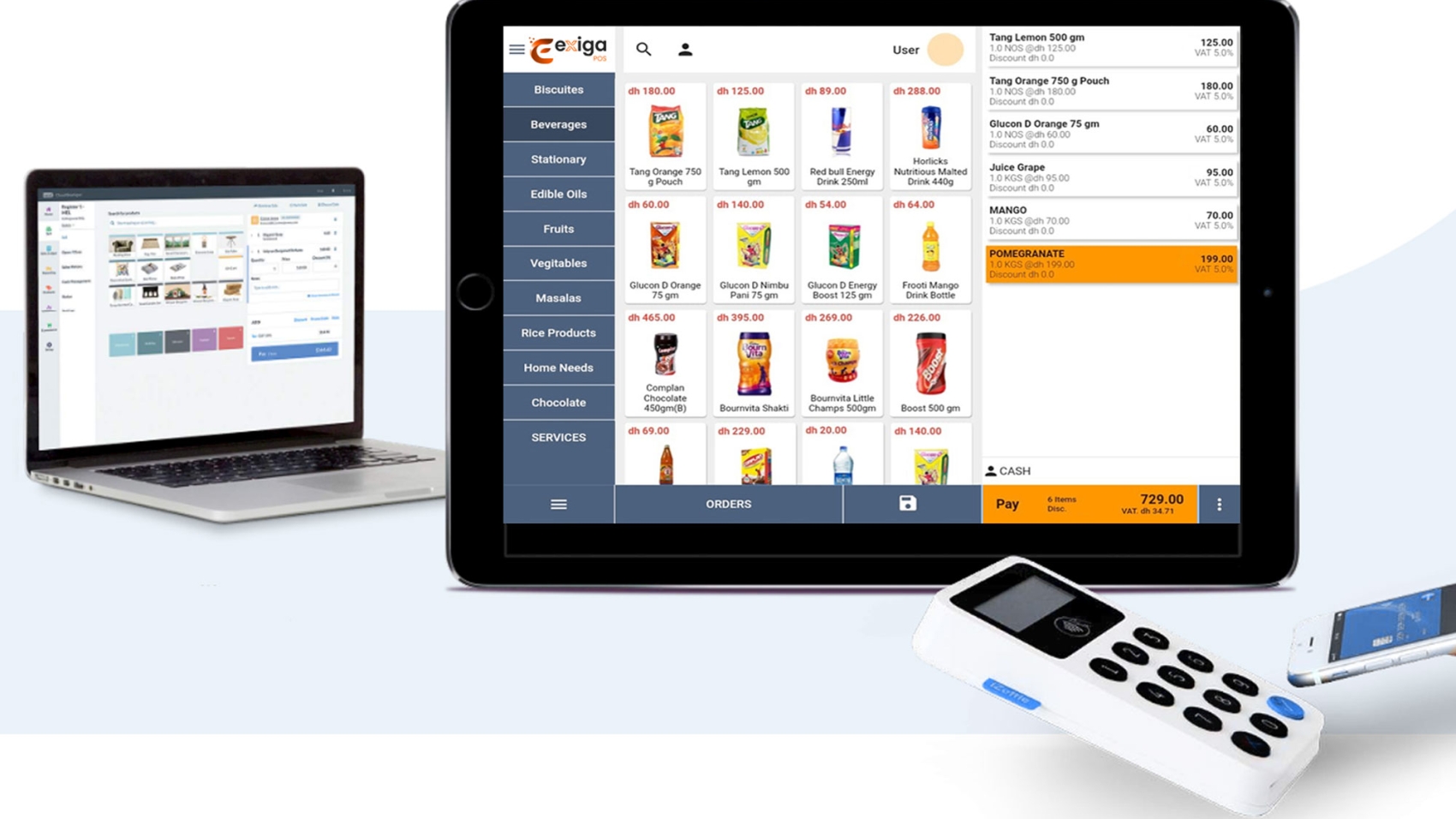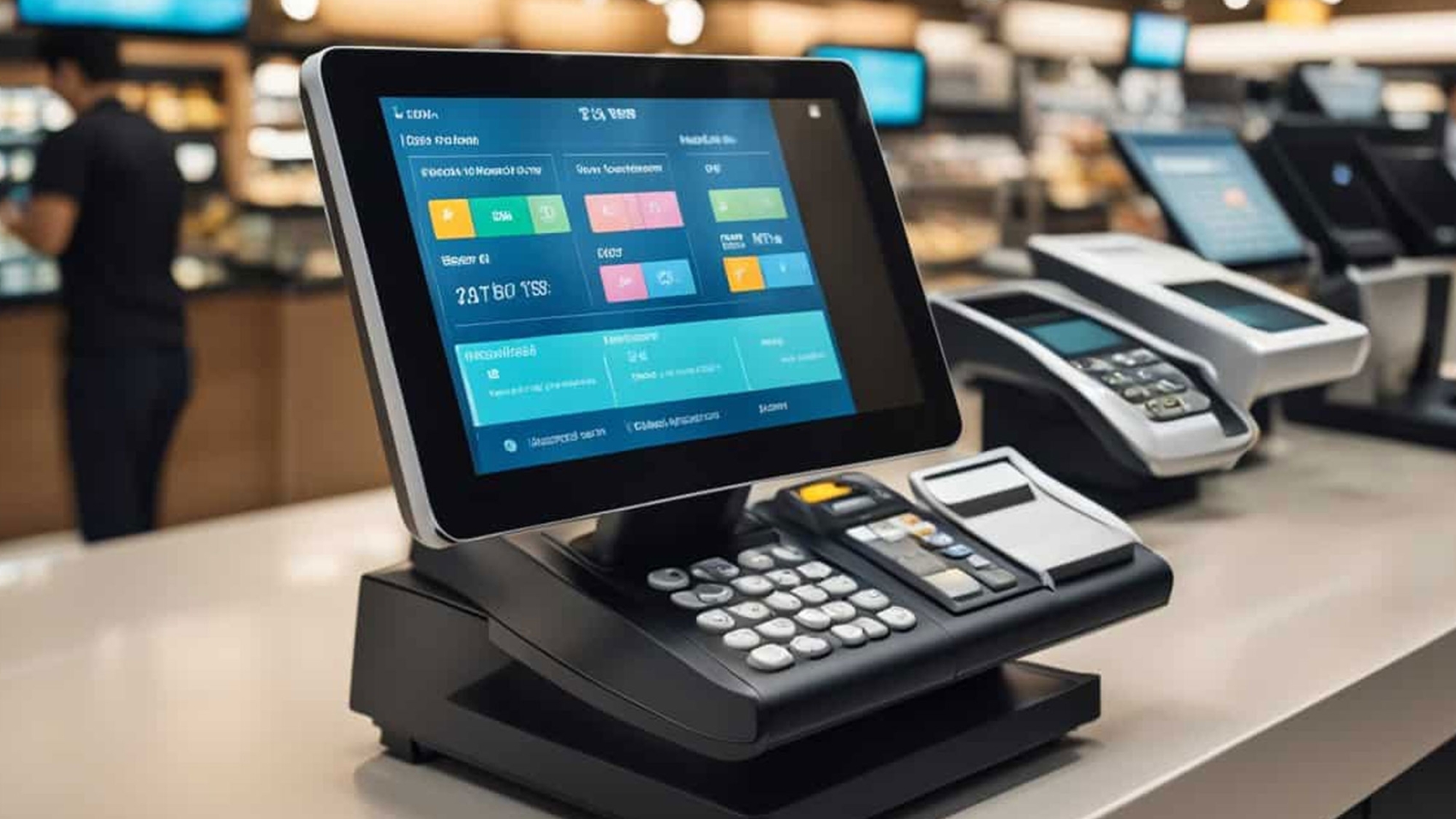POS (Point of Sale) restaurant management software helps streamline the operations of a restaurant, allowing for efficient management of sales, inventory, customer service, and more. Here are key features typically offered by POS restaurant management software:
1. Order Management
- Table Management: Organizes seating and reservations, helps manage tables, and assign waitstaff.
- Order Taking: Allows staff to take orders quickly and accurately via mobile devices, tablets, or terminals.
- Modifiers & Customization: Allows customizations of dishes or orders, such as special dietary requests or ingredient changes.
- Order Routing: Sends orders to appropriate kitchen stations, improving workflow and reducing errors.
2. Billing and Payment Processing
- Multiple Payment Methods: Supports credit/debit cards, cash, mobile wallets, gift cards, and split payments.
- Tips and Service Charges: Allows customers to add tips or service charges, which are customizable.
- Invoice and Receipt Printing: Generates receipts or invoices for customers, with options for electronic receipt sending.
3. Menu Management
- Menu Creation and Customization: Add, remove, or update items easily on the menu.
- Dynamic Pricing: Adjust menu prices based on factors like time of day, special events, or inventory.
- Nutritional Information: Displays nutritional details and allergen information on the menu if required.
4. Inventory Management
- Real-time Stock Tracking: Monitors ingredient and stock levels, preventing over-ordering or running out of ingredients.
- Automated Reordering: Automatically generates purchase orders when stock is low or usage is high.
- Waste Tracking: Helps track and minimize food wastage through usage reports.
5. Staff Management
- Employee Scheduling: Allows managers to create work schedules, ensuring optimal staffing.
- Time Clock & Attendance: Tracks employee clock-ins/outs, hours worked, and attendance.
- Role-based Access: Provides different levels of access and control to employees (e.g., servers, cashiers, managers).
6. Customer Relationship Management (CRM)
- Customer Profiles: Collects and stores customer details, including dining preferences and visit history.
- Loyalty Programs: Implements loyalty programs, rewards, or discounts for repeat customers.
- Promotions & Discounts: Easily applies promotions or discounts (e.g., happy hour specials or seasonal offers).
7. Reporting and Analytics
- Sales Reports: Provides detailed reports on daily sales, revenue, and trends.
- Inventory Reports: Tracks inventory usage and provides insights on overstocked or understocked items.
- Labor Costs and Payroll: Generates reports on labor costs, hours worked, and payroll calculations.
- Customer Insights: Tracks purchasing habits and demographics to create targeted marketing campaigns.
8. Integration and Compatibility
- Third-Party Integrations: Supports integration with other software such as accounting, payroll, online ordering, and delivery services.
- Cloud-based Option: Cloud-based POS systems allow access from anywhere, offering better scalability and data backup.
9. Online Ordering and Delivery Integration
- Order from Website or App: Allows customers to place orders directly from the restaurant’s website or mobile app.
- Delivery Integration: Integrates with third-party delivery services (e.g., UberEats, DoorDash) for seamless order fulfillment.
- Order Tracking: Provides customers with real-time updates on their order status.
10. Security Features
- Data Encryption: Ensures payment data and sensitive customer information are securely processed and stored.
- User Authentication: Requires logins or PINs for staff members to access the system, reducing the risk of unauthorized transactions.
- Audit Trails: Logs and tracks all transactions for accountability and fraud detection.
11. Multi-location Support
- Centralized Control: Manages multiple restaurant locations from a single dashboard, providing consistent oversight and operations.
- Unified Inventory Management: Tracks stock levels and transfers between locations.
12. Customer Feedback & Review Collection
- Surveys & Feedback: Collects customer feedback on their dining experience to help improve service quality.
- Review Management: Tracks online reviews from platforms like Google, Yelp, or TripAdvisor, and helps respond to customer comments.
13. Mobile Access
- Mobile POS Devices: Staff can take orders and process payments using handheld devices, increasing speed and flexibility.
- Remote Access: Managers can access reports, track performance, and oversee operations remotely.
14. Kiosk Ordering & Self-Service
- Self-Service Kiosks: Allows customers to place their orders directly at the kiosk, reducing wait times and improving efficiency.
- Touchscreen Interface: An intuitive interface for both employees and customers to interact with the POS system.
15. Customizable Reporting Dashboards
- Custom dashboards allow for visual representation of key performance indicators (KPIs) like sales, inventory, and staffing, making it easier for management to assess performance at a glance.
These features, when combined, enable restaurants to improve efficiency, enhance the customer experience, reduce costs, and increase overall profitability.

